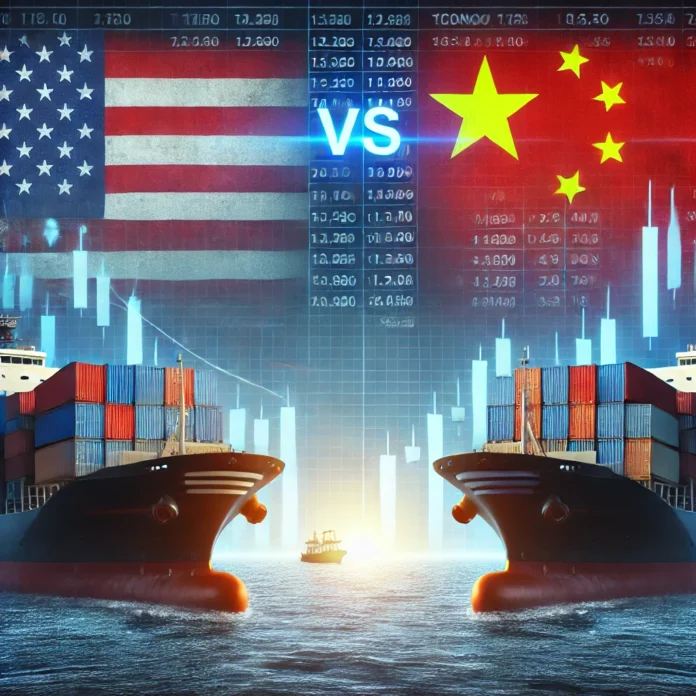China’s tit-for-tat tariffs on US take effect, escalating trade tensions between the world’s two largest economies. The newly imposed tariffs target approximately $14 billion worth of U.S. goods, including energy products and agricultural machinery.
What Happened?
On February 10, 2025, China implemented retaliatory tariffs ranging from 10% to 15% on U.S. exports such as liquefied natural gas, coal, crude oil, and farm equipment. This move comes in direct response to the United States’ recent imposition of an additional 10% levy on Chinese products, which took effect on February 4, 2025.
Why It’s Important
The escalation of tariffs between the U.S. and China heightens concerns over a potential trade war, which could disrupt global supply chains and impact international markets. Industries such as energy and agriculture are particularly vulnerable, with U.S. exporters facing increased costs and reduced competitiveness in the Chinese market. Additionally, China’s restrictions on the export of critical rare earth metals, essential for defense and green energy industries, underscore its strategic leverage in global trade.
What Experts Say
Analysts note that China’s share of U.S. imports has been declining, suggesting that Beijing might be better positioned to endure these tariffs. However, broader trade restrictions could still pose significant risks to both economies. The Financial Times reports that these developments have dampened hopes of avoiding a trade war between the two largest global economies.
What’s Next?
As trade tensions escalate, businesses and consumers should brace for potential price increases and supply chain disruptions. Companies may need to explore alternative markets and suppliers to mitigate the impact of tariffs. Governments and international bodies are likely to engage in negotiations to seek resolutions and prevent further economic fallout.
Conclusion
The recent exchange of tariffs between the U.S. and China marks a significant escalation in trade tensions, with far-reaching implications for global commerce. Staying informed about these developments is crucial for businesses and consumers alike as the situation continues to evolve.





